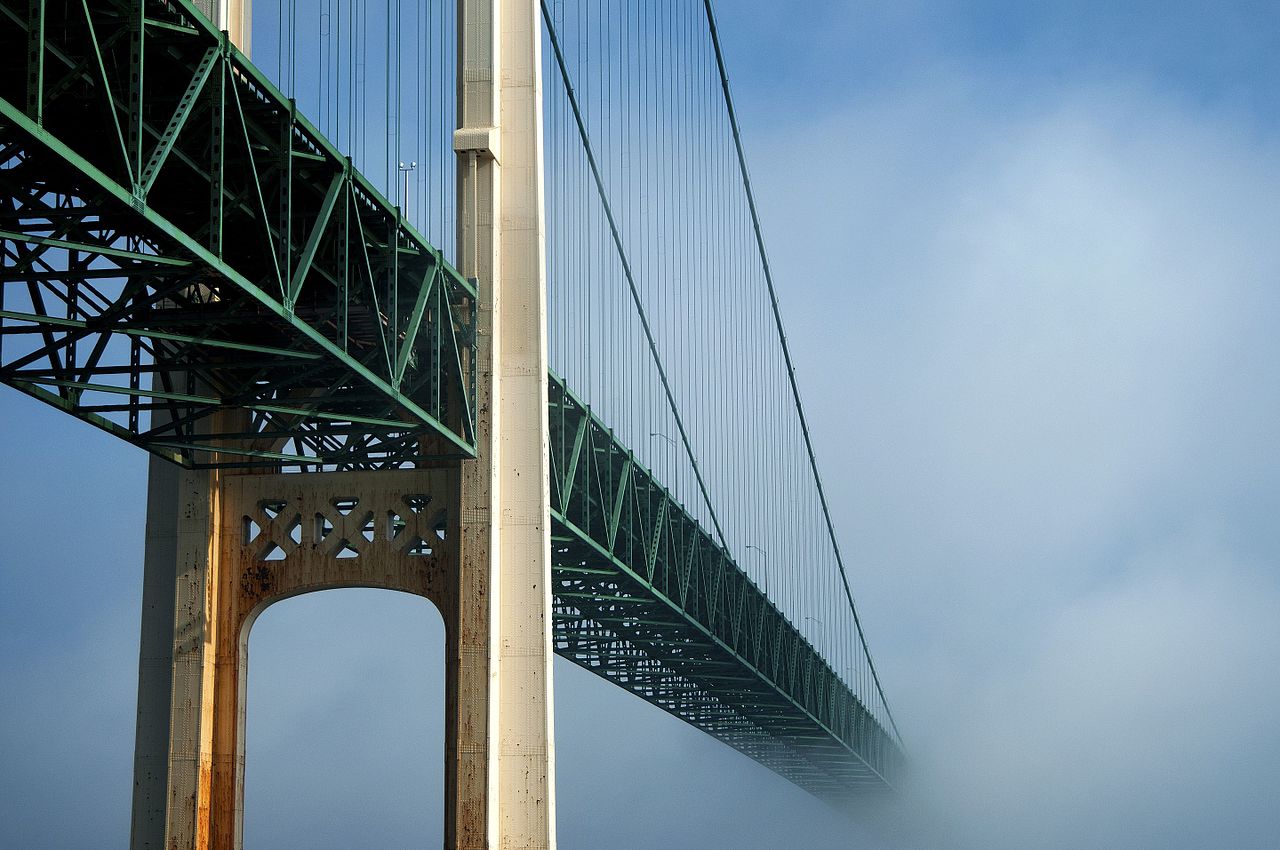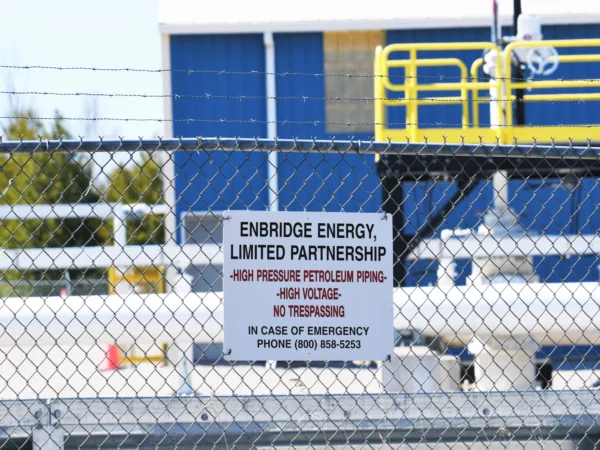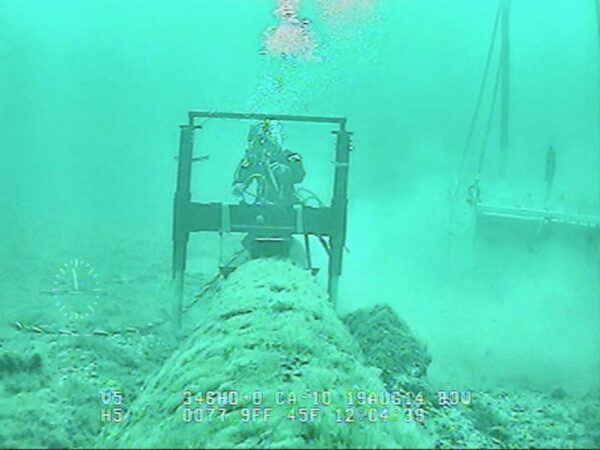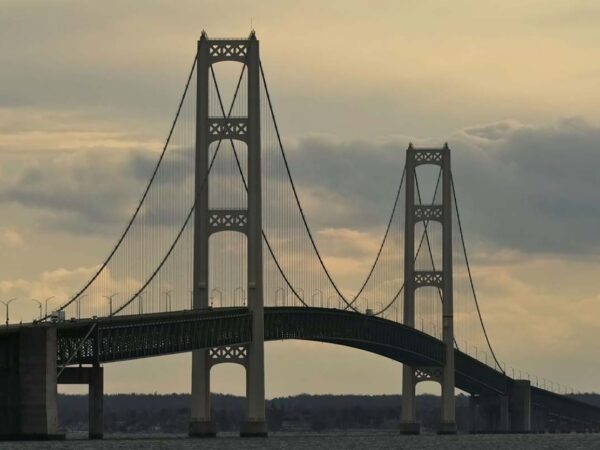
Enbridge complies with their agreement to shut down Line 5 pipeline if there is severe weather with waves more than 8 feet high. Mary Ellen Geist, Great Lakes bureau chief was informed by Enbridge’s communication strategist, Ryan Duffy, “…Line 5 was shut down at 11:37 a.m. (EST) on Tuesday, December 5, 2017 due to sustained adverse weather conditions. The situation is being monitored and the line will be restarted when conditions improve.”
The following is a news release from the state of Michigan.
| News Release
Contact: Nick Assendelft 517-284-8300 (office) 517-388-3135 (cell) FOR IMMEDIATE RELEASE Dec. 5, 2017 Enbridge temporarily stops flow in Line 5 due to inclement weather in accordance with agreement with StateLANSING, Mich. – High winds and waves in the Straits of Mackinac today has prompted Enbridge Energy to temporarily suspend operation of its Line 5, meeting one of the provisions in a recent agreement between the State of Michigan and Enbridge aimed at safeguarding the Great Lakes. Wave heights reached more than nine feet in the Straits, according to the NOAA Great Lakes Coastal Forecasting System (GLCFS) Nowcast model. The agreement between the State and Enbridge Energy Partners calls for the discontinuation of Line 5 operations in the Straits during sustained adverse weather conditions where wave heights reach more than eight feet. Enbridge told the State that Line 5 was shut down at 11:37 a.m. Tuesday, adding that the company would restart the pipeline when conditions improve. “The purpose of the State’s agreement with Enbridge was to find practical solutions to concerns we had about the operation of Line 5 and the safety of the Great Lakes,” said Valerie Brader, executive director of the Michigan Agency for Energy. “Enbridge’s action today shows the steps outlined in the plan will have immediate and long-term positive outcomes.” Besides weather-related suspensions of the operation of Line 5, Enbridge must also — under the Nov. 27 agreement — conduct a study of the feasibility of placing a new pipeline or the existing dual pipelines in a tunnel in the Straits, assess the installation of underwater technologies to better monitor Line 5, study ways to mitigate the risk of a vessel anchor damaging the Straits pipeline, and evaluate measures to minimize the likelihood of a spill at the approximately 245 bodies of water Line 5 crosses in Michigan. For more information about MAE, please visit www.michigan.gov/energy or sign up for its listservs to keep up on MAE matters. # # # |




